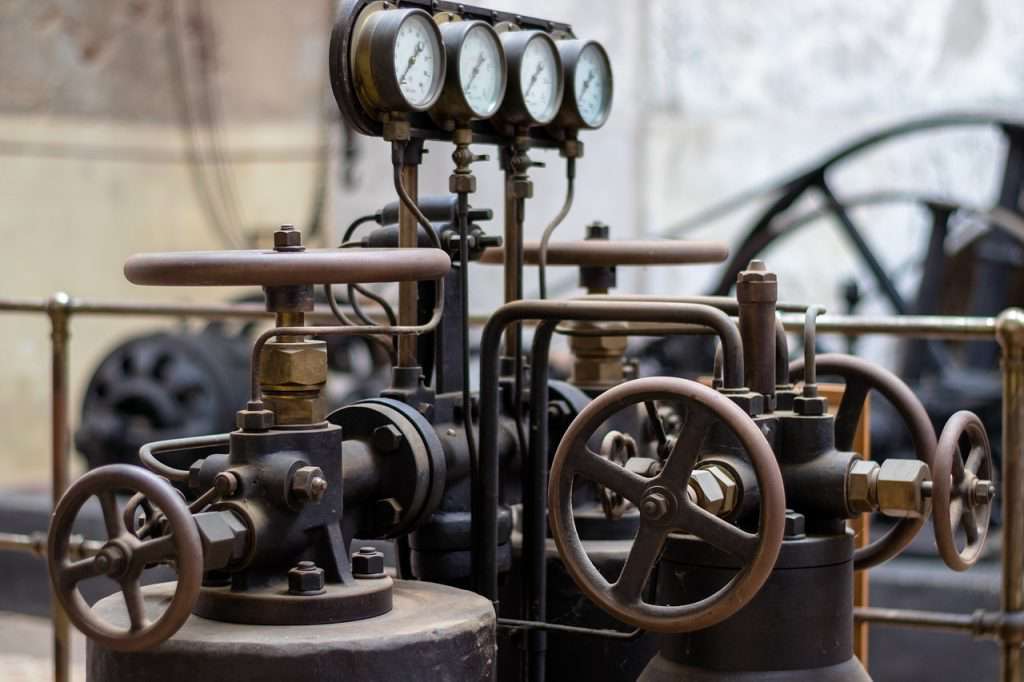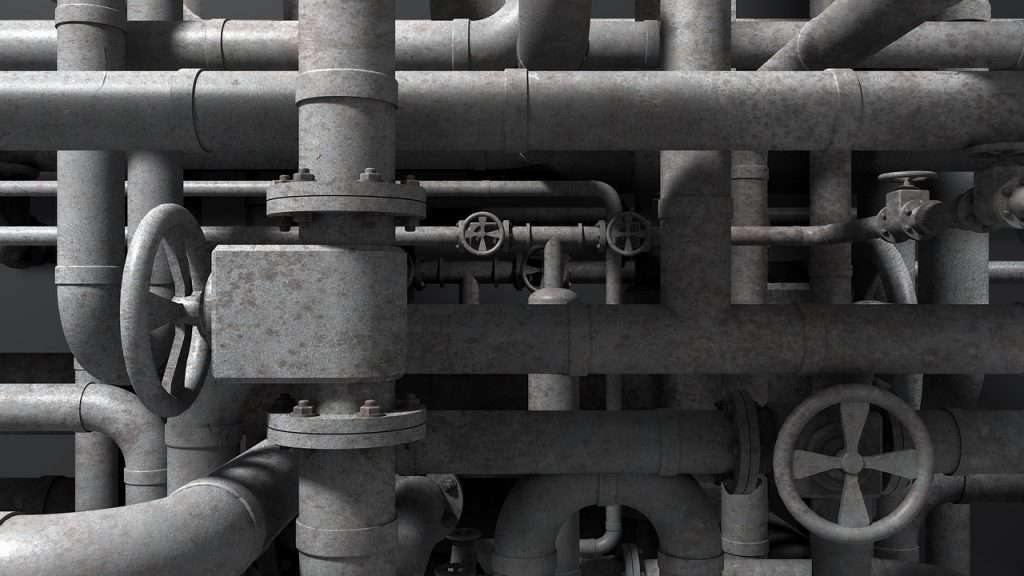Understanding valve blueprinting in power plants

Valves are useful in different industries, particularly in power plants. Imagine the number of valves used in just a single power plant — hundreds! These valves are used mainly to regulate power plant operation.
Sponsored article
Industrial valves, in relation to regulating actuators, are used to control pollution, chemical treatment, cool water, and regulate turbine control systems. These valves work in intense and rough environments and are often exposed to different rough materials, high temperatures, and chemicals. They are crucial when it comes to efficiency optimization, and they are usually the last control equipment in the power plant operation.
Not only that, the increasing demand for valves is more apparent due to forced flexibility in terms of growth accommodation in power plants. Thus, valves must perform at a higher frequency, temperatures, and pressures.
Now, let’s dive in a bit deeper and understand more the aspect of valve blueprinting in power plants.
The Power of Actuators
Even though the standard blueprint for most valves and actuators has remained unaltered, design modifications, as well as advanced applications, are being made to endure the demanding needs of different industries and the environment.
Moreover, by supporting the valve’s ability to perform correctly, the said developments can help decrease costs.
On the other hand, actuators control massive energy flows by adjusting flaps and valves. Both the actuator and valve make a single valve control unit. When it comes to performing various motion sequences, such as pivoting, rotating motions, and linear movements, actuators can perform all of these flawlessly. They are also powered by electrical, hydraulic, or pneumatic energy.
Actuators obtain a control signal from automated control systems. The signal is changed into motion so that the element being controlled anticipates a corresponding channel position. With industrial valves, the process is called a stroke motion. If it involves flaps, rotary plugs, and ball cocks, then it is a pivoting motion.
More Adaptability
Developments in terms of electronics have driven innovation in control systems and modern valve/actuator combo are now readily installed in new power plants and other industries.
Renovation of power plants that already existed offer an opportunity to add different new functions to the existing operating system.
Adding and combining additional adaptability in startups are often useful as existing power plants may be needed to turn off or turn on the system a couple of times per day. This is to support the massive available power. There are modern electric actuators that provide more advanced modulating performance. This enables power plants to become more operational than before.
Another thing that provides an opportunity to take note of corrosion protection developments is the renovation project. This is crucial when it comes to a harsh environment with high-temperature areas.

Challenging Environments
In order to increase the fossil fuel-fired plants, there is only one way and that is to increase the temperature and pressure of steam. Supercritical boilers consume limited fuel than standard drum boilers, making them more effective and feasible. These boilers work by burning crushed coal at such elevated pressure. The fluid matrix will then become supercritical steam which regulates the entire turbine.
In case it drops below a critical level, it becomes a combination of water and steam going into a condenser. Developments in different technology material and techniques for manufacturing lead to the creation of valves capable of managing different conditions. Designers of these valves work hand in hand with OEMs to understand every industry need.
Every detail inside the boiler needs to comply with certain engineering standards and procedures.
On a severe process, valves operating at high pressures and temperatures have a thin hard-facing layer of metal mounted onto the valve.
The repetitive duty of both boilers and valves can create an impact on the durability of materials. Hence, it is important that welding procedures should properly adhere in order to prevent premature deterioration of the materials.
Modern Valve Technology
It is a fact that power plants are a bit complicated in the sense that there are several different subsystems needed to provide electricity. These power plants adopted a shared control system to regulate and monitor different facilities. Because of how challenging the environment is, there are particular practices being adopted for maintenance and reliability.
Valves being regulated by motors are essential to the performance of power plants. Around 20 years ago, valves operated by motors often have motor control centers away from the main valve in which didn’t make room for any technology advantage in terms of advancement in electric actuators.
It was during the early 1990s that actuators started to undergo advancements like integral data logging features. They can also be signaled to allow the control system to gather and obtain data coming from actuators. Then, power plant designers began to take advantage of this innovation in the past 15 years.
Today, the availability of information about motor operated valves has been facing a significant change. Electric actuators are controlling and monitoring the system instead of worrying about the change.

Conclusion
Understanding the concept of valve design is important in the area of valve manufacturing and installation. Both beginning and intermediate level of valve techs can benefit from this information. Obtaining knowledge about the valve industry standards that still exist today.
Keep in mind that the very fundamentals of valve selection and application greatly depends on the valve blueprint or design that you need. Regardless of what industry the valve application is for.
Győr university, Audi inaugurate EUR 43.9m research centre
Source:





